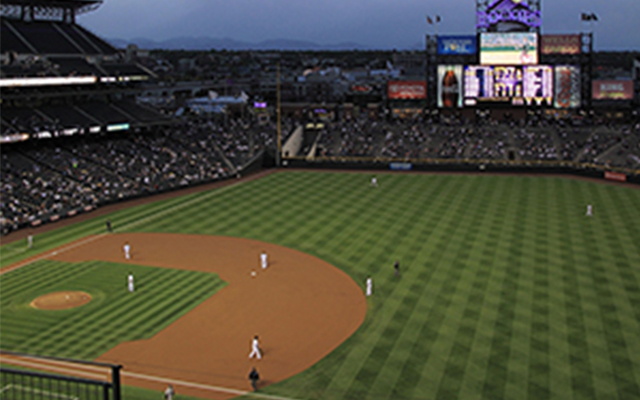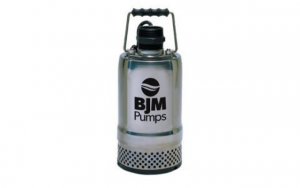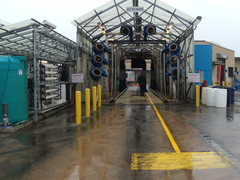Many people don’t realize that pumps are working behind the scenes in baseball stadiums around the country. Take Coors Field in Denver, Colorado, for example. This baseball stadium was the first to be climate-controlled and has a unique drainage system designed to prevent flooding due to close proximity to the South Platte River. Potential flooding aside, operations at Coors Field requires massive amounts of water. After each event at the stadium, the entire stadium is washed down using large, high-powered hoses and up to 200,000 gallons of water. Crews first walk the stands picking up most of the large trash, but inevitably some things are missed or may just fall into the drains during a game — peanut shells, straws, cups, and other trash.
In addition to water used for cleaning, the system collects runoff from the field during watering and whatever flows off the stands and field during wet weather. All that water has to go somewhere, so Coors Field collects up to one million gallons of this wash down and runoff water in a huge vault under the parking lot at the rear of the stadium.
During baseball season, the water and any trash and debris collected with it is pumped up and out of the vault and into the storm sewer system. In the off season, a much smaller amount of collected water is pumped out and diverted to any of several small detention ponds to evaporate.




